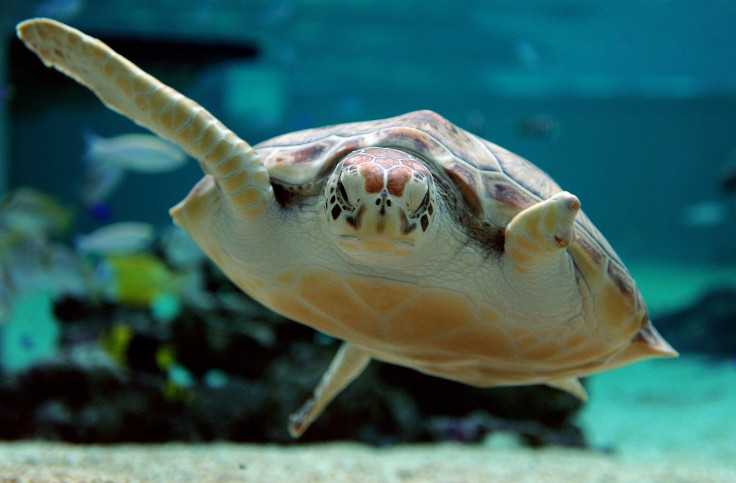Drone Footage Captures Largest Group Of Nesting Turtles [WATCH]
KEY POINTS
- A drone was able to capture footage of the largest group of nesting turtles
- The footage was captured to study the population of nesting green turtles
- Researchers counted about 64,000 turtles around Raine Island
Researchers in Australia were able to capture incredible footage of the world’s largest group of nesting turtles. The video was recorded using a drone for a new study on green turtle populations.
The study was carried out by researchers from the Queensland Government's Department of Environment and Science. They presented their findings in a paper recently published in the journal PLOS One.
For the study, the researchers focused on green turtles congregating near Raine Island, a vegetated coral cay in Australia’s Great Barrier Reef that spans about 385 miles in length.
Green turtles, which can be commonly found in tropical and subtropical waters, are known to migrate long distances between the areas where they were born and feeding grounds. During the nesting season, thousands of green turtles return to Raine Island, which, according to the researchers, is the biggest turtle rookery or breeding site in the world.
Despite the island’s status, the researchers noted that the reproduction rates of the turtles nesting there are quite low. In order to monitor the population of the turtles in the area, the researchers started counting the turtles by using non-toxic paint on their shells to mark them.
At first, they counted the turtles from their boats. However, they soon realized that this method was not effective in accurately counting the number of turtles in the area. By flying a drone around the island to monitor the turtles, the researchers were able to collect precise data on the population of the animals.
Through the drone footage that they were able to capture in December 2019, they counted about 64,000 turtles swimming near the island. Eventually, these turtles will come ashore to lay their eggs.
“Trying to accurately count thousands of painted and unpainted turtles from a small boat in rough weather was difficult,” Andrew Dunstan, the lead author of the study said according to CNN. “Using a drone is easier, safer, much more accurate, and the data can be immediately and permanently stored.”
“We were underestimating that a lot,” he continued. “We're finding 1.73 times as many turtles with the drone and as we do when we directly compare with the observer counts.”

© Copyright IBTimes 2024. All rights reserved.





















